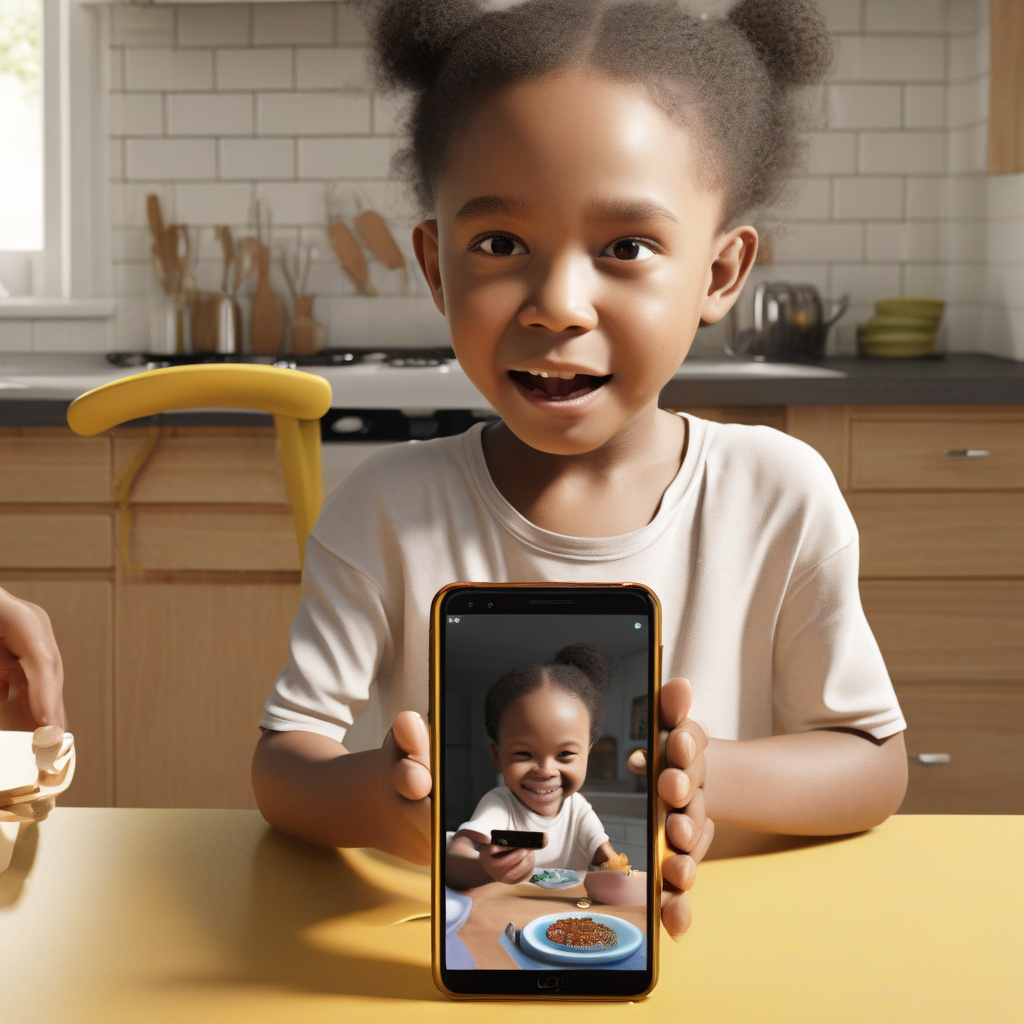The HMD X1 Fusion: A Smart Choice for Your Child’s First Smartphone
Deciding when to entrust your child with their first smartphone is a pivotal moment for many families. The HMD Fusion X1, priced at £229, seeks to alleviate some of the pressures associated with this decision. By offering enhanced parental control features, this device introduces young users to the digital world under careful supervision.
According to research by Common Sense Media, nearly half of children have a smartphone by the age of 10, a statistic that jumps to 91% by age 14. The Fusion X1 targets the juncture where messaging becomes crucial, yet unrestricted access remains inappropriate.
Equipped with features surpassing those of a basic phone—a quality camera, the latest Android 14 operating system, a robust 5000mAh battery, and USB-C charging—the Fusion X1 also provides access to Google’s app store, YouTube, and Chrome browser. However, what sets it apart is its initial state of near blankness.
Upon activation, only essential apps like the camera, gallery, file manager, Play Store, and HMD’s battery app are accessible. Additional apps can be selectively added by parents, fostering a gradual and controlled introduction to digital tools. This foundational approach sets a solid framework for digital literacy, all for a modest monthly fee of £4.99.
The Fusion X1 comes preloaded with the Xplora Teen app, enabling parents to manage app visibility, contact permissions, and usage restrictions in real time from their own Android or Apple device. Features like call/message whitelisting, remote app hiding, Safe Walk mode, location tracking, safety zones, and ICE calling are seamlessly integrated into the system.
What distinguishes the Fusion X1 is its embedded features, making circumvention challenging for tech-savvy children and user-friendly for parents less versed in technology. Moreover, its longevity is a standout feature. Unlike disposable feature phones, the Fusion X1 can evolve with the child, allowing for gradual relaxation of restrictions as they demonstrate responsibility.
However, the device does have drawbacks. The lack of control over Google Chrome, YouTube, and the Play Store poses a concern, as unrestricted access to these platforms contradicts the controlled environment the device aims to provide. HMD suggests using Google’s Family Link service as a supplement, which may lead to redundant features and additional setup complexities.
While the Fusion X1 offers enhanced features like expanded safe zones compared to Google’s offerings, the latter provides similar functionalities without a subscription fee, appealing to budget-conscious parents. Continuous live location tracking, a part of the subscription, raises privacy concerns that should be addressed as a child matures.
It’s important to acknowledge that no technology can substitute open communication and mutual understanding in guiding a child’s digital journey. The Fusion X1 serves as a tool to facilitate these conversations and instill healthy digital habits without overwhelming complexity, fostering trust as children grow.
In conclusion, while the HMD Fusion X1 presents a compelling option for introducing children to personal technology responsibly, it’s crucial to remember that genuine dialogue and parental guidance remain paramount in ensuring a child’s safe navigation of the online realm.

